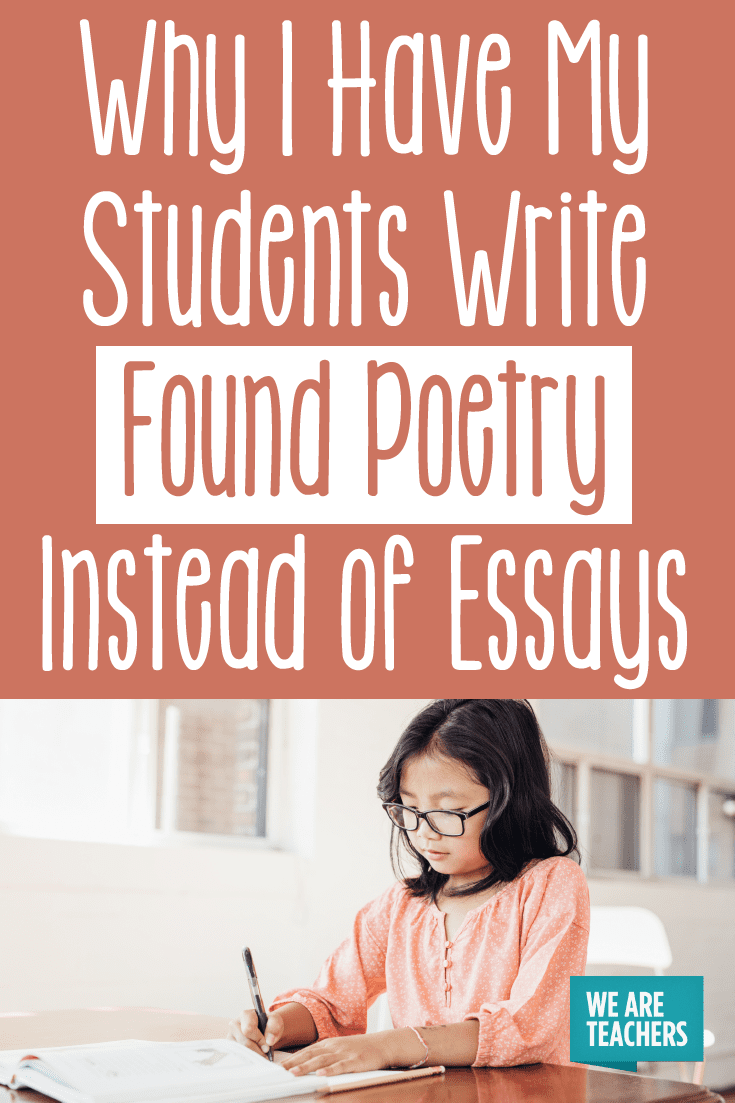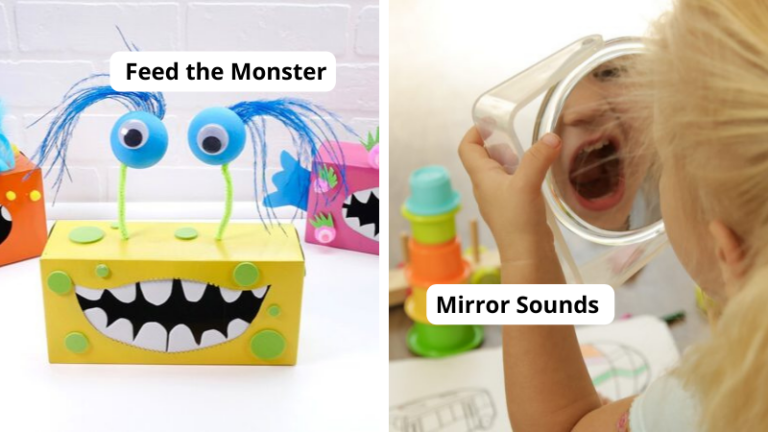When the idea of an essay brings about groans, you know it’s time to think of something new. Enter found poetry!
What is found poetry?
Found poetry is the text equivalent of collage. Much like the artist who combines media (newspaper, feathers, images, and even sheet music) in new ways, your students can do the same by pulling words and phrases from other texts to create found poems. I have found poetry especially useful in engaging students with narrative nonfiction.
A classroom example
In the story “Shattered Sky”, my students read about a little known disaster in Halifax Harbor in 1917, one hundred years ago. The author of the text, Kristin Lewis told the story through the voice of an 11 year-old boy. She described what he saw and heard and how it affected his family. As we read together, I asked my students to highlight words and phrases that stood out to them and text that helped them imagine being there. One awesome thing about found poems is that they force kids to re-read with purpose.
When we shared our poems, we discovered that even though everyone was drawing from the same text, each writer took a different perspective. No two poems were alike. When students write from different perspectives, they understand that writing is not about getting it right. Writing is about expressing yourself.
One student poem
Here’s an example of how cool the found poems turned out. Madison writes a true found poem using only text she found. The placement and design of the words on the page slow the reader down and make her poem a powerful and meaningful response to reading.
Shattered Sky
December 6th dawns,
cold and clear,
except for a
fine, low mist
that hugged the
narrow harbor.
The narrow harbor that
cut through two
seaside towns.
Halifax.
Dartmouth.
Soft smoke churned,
curled,
and
heaved from reddish
brick chimneys.
Mothers served
steaming, creamy
bowls of
porridge.
Children gather dully colored
schoolbooks.
Fathers pull
rough brown coats
over their shoulders
as they head to work.
Northern Halifax lay
alive
with noise
and people.
Through the noise,
though,
a cast shadow
of WWI
covered
newspapers,
leaving innocents
in peril.
Deadly and explosive,
the Mont-Blanc
surges
through the
narrows.
Another surges
but cannot avoid
the Mont-blanc.
They collide.
Orange and blue flames ignite the sky,
and the detonations
ROAR to life.
And…
BOOOOOOOOOOOOOOOOOOOOOOOOOOM!
The Harbor lurched with explosions,
turning to black and
orange
and blue.
Madison, 4th grade
Want to check out more student samples? Head to Margaret’s Kidblog site.
Have you used found poetry in your classroom? We’d love to hear about your experiences in our WeAreTeachers Chat group on Facebook. WeAreTeachers Chat is a place to post questions, share a laugh or an idea, and connect with new teacher friends.


